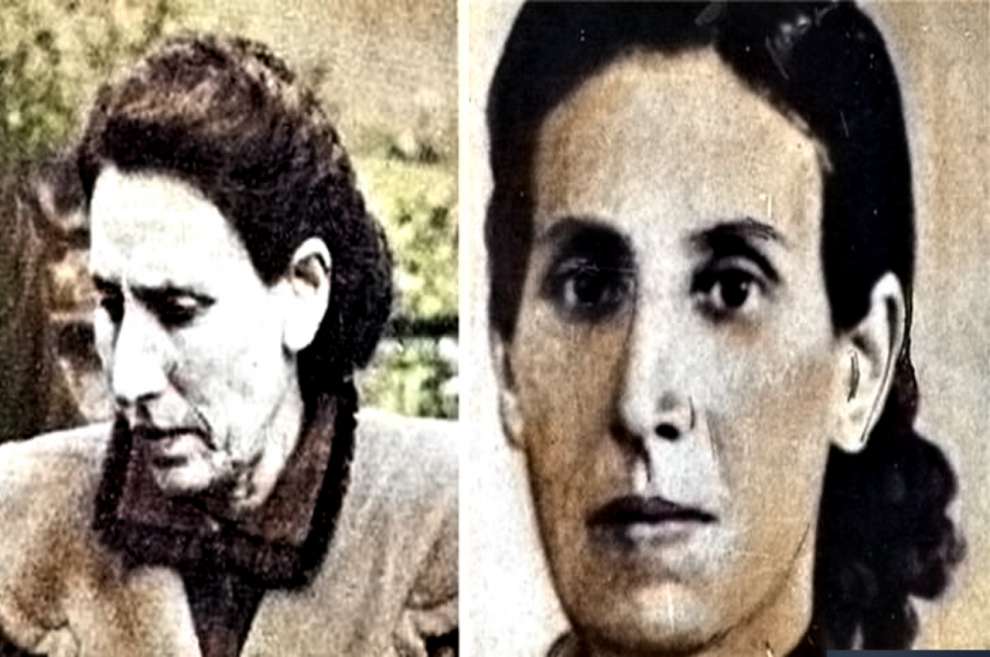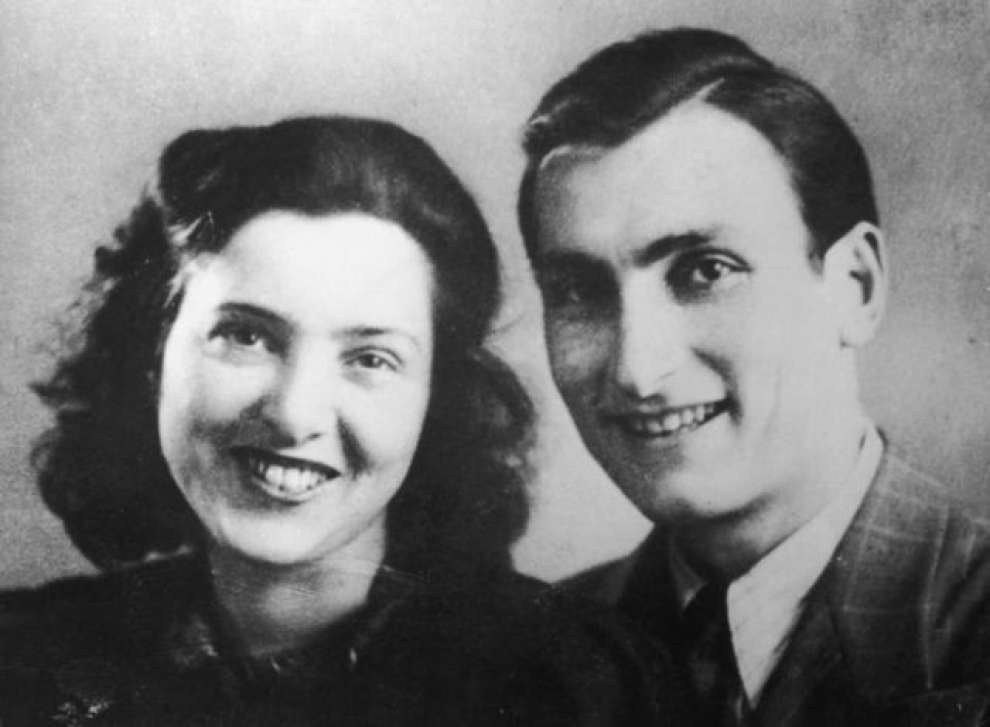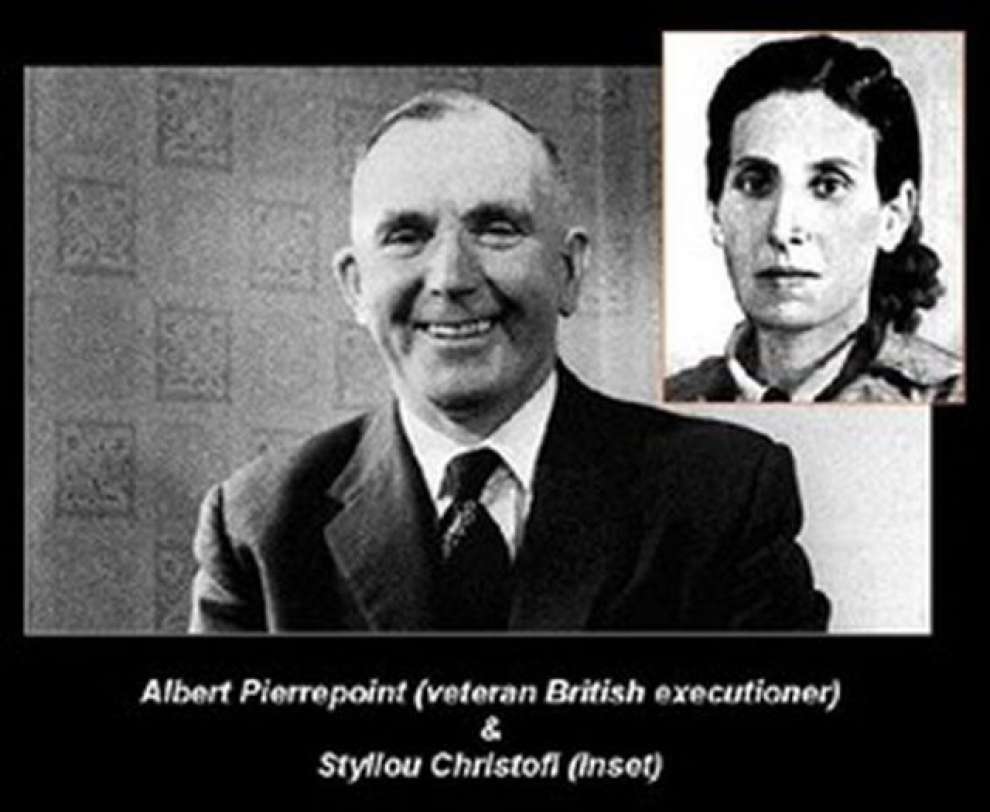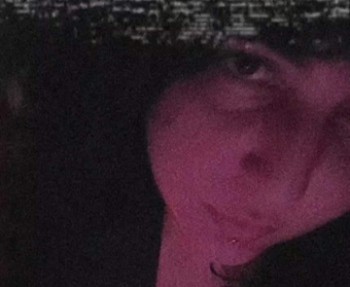H ιστορία της Στυλλούς – H «Κύπρια Φόνισσα» που ως νύφη σκότωσε την πεθερά και ως πεθερά τη νύφη
Μία ιστορία που συγκλόνισε την Κύπρο και την Αγγλία 65 χρόνια πριν!
Η Στυλλού είναι μια Κύπρια φόνισσα που με τις φοβερές δολοφονίες της συγκλόνισε την Κύπρο και την Αγγλία 65 χρόνια πριν. Η ιστορία της Στυλλούς είχε παιχτεί σε ντοκιμαντέρ του BBC, της σειράς Murder, Mystery and my Family.
Η Στυλλού σκότωσε την πεθερά της στην Κύπρο και μετά χρόνια αργότερα σκότωσε την γυναίκα του γιου της στην Αγγλία με φρικτούς τρόπους.
Ο εγγονός της Στυλλούς, Τόμυ Χριστοφής μαζί με τους δικηγόρους Wass και Jeremy Dein ερευνούν τα γεγονότα της υπόθεσης, ζωντανεύοντας την υπόθεση χρόνια μετά και δίνουν απάντηση σε μερικές μυστικές πτυχές της δολοφονίας. Μέσα από τις έρευνες οι δικηγόροι προσπαθούν να αποδείξουν την άδικη απόφαση του τότε δικαστηρίου, το οποίο αποφάνθηκε τον απαγχονισμό της, και έμεινε στην ιστορία ως η πρώτη γυναίκα που απαγχονίστηκε στην Αγγλία.
Η Στυλλού Παντοπίου γεννήθηκε το 1900 σε ένα μικρό και απομονωμένο χωριό της Κύπρου και μεγάλωσε σε ένα πολύ βίαιο οικογενειακό περιβάλλον. Αυτό θα την επηρέασε πολύ κι έτσι κατάντησε φόνισσα, αν κι αυτό δεν την δικαιολογεί.

Ο πρώτος φόνος:
Η Στυλλού στα 25 της παντρεύτηκε έναν πάμπτωχο συντοπίτη της και μαζί απέκτησαν έναν γιο. Οι οικονομικές δυσκολίες της οικογένειας ήταν μεγάλες, καθώς το μόνο που είχαν ήταν ένα μικρό χωράφι με ελιές.
Η Στυλλού και ο άντρας της ζούσαν με τη μητέρα του άντρα της υποχρεωτικά, γιατί έτσι το είχαν την τότε εποχή να μένει η πεθερά μαζί τους. Η πεθερά της ασκούσε μεγάλη επιρροή στο γιο της και άρχισαν να τσακώνονται άγρια.
Το 1925 μια μέρα που είχαν τσακωθεί πολύ άσχημα, η Στυλλού το βράδυ βγήκε εκτός ελέγχου και αποφάσισε να φονεύσει την πεθερά της, κι έτσι συνεργάστηκε με δύο συχωριανές της. Έχωσε ένα αναμμένο δαυλί στο στόμα της πεθεράς της και πέθανε με φρικτό τρόπο.
Η Στυλλού παρόλο που ήταν η βασική ύποπτη δεν καταδικάστηκε γιατί δεν είχαν αρκετά στοιχεία εναντίον της για να την συλλάβουν. Οι τρεις γυναίκες έδωσαν «όρκο σιωπής» κι έτσι λόγω αμφιβολιών η Στυλλού γλίτωσε την φυλακή.
Μετά από τη δολοφονία, ο άντρας της την εγκατέλειψε και μεγάλωνε μόνη της το γιο τους Σταύρο, στον οποίο είχε μεγάλη αδυναμία.
Ο Σταύρος το 1941 μετανάστευσε στο Λονδίνο και εργαζόταν ως σερβιτόρος στο Cafe de Paris. Εκεί γνώρισε την Hella Bleicher, ένα μοντέλο από τη Γερμανία, την οποία παντρεύτηκε και μαζί της απέκτησε τρία παιδιά.

Η μοιραία επίσκεψη της Στυλλούς στο Λονδίνο:
Η Στυλλού, ήταν μόνη στην Κύπρο και μακριά από τον μοναδικό γιο της για δώδεκα χρόνια. Ένιωθε τεράστια μοναξιά, μάθαινε σπάνια νέα του μέσα από γράμματα που της έστελνε από την Αγγλία.
Η Στυλλού αποφάσισε να πάει να επισκεφτεί τον γιό της και τα εγγόνια της στην Αγγλία. Δεν σκόπευε να πάει μόνο για επίσκεψη αλλά και να μείνει εκεί για μεγάλο διάστημα.
Το 1953 έφτασε στο Λονδίνο και εκεί ανακοίνωσε στο γιο της ότι ήθελε να μείνει για περισσότερο διάστημα, για να μαζέψει χρήματα για να αγοράσει καινούριο σπίτι στην Κύπρο.
Ως πεθερά αυτή τη φορά η Στυλλού ζούσε μαζί τους. Επέμβαινε στη ζωή του ζευγαριού με άσχημο τρόπο και τους μετέτρεψε την ήρεμη ζωή τους σε κόλαση, κυρίως για τη γυναίκα του Σταύρου, Hella. Η Στυλλού άρχισε να «αναλαμβάνει» η ίδια την ανατροφή των τριών παιδιών.
Τον Ιούλιο του 1954, η Hella δεν άντεχε άλλο τα βασανιστήρια που έκανε στην ίδια και τα παιδιά της κι έτσι ζήτησε από τον άντρα της να την διώξει από το σπίτι. Ο Σταύρος συμφώνησε και ανακοίνωσε την απόφαση στη μητέρα του. Η απόφαση αυτή όμως δεν βγήκε καθόλου σε καλό, αντίθετα αυτό προκάλεσε το μεγαλύτερο κακό.. Η Στυλλού δε μπορούσε να αντέξει ότι μια «ξένη» έκανε κουμάντο στην «οικογένειά» της κι έτσι πήρε την απόφαση να δολοφονήσει την γυναίκα του γιου της.
Ο δεύτερος φόνος:
Στις 29 Ιουλίου 1954, η Στυλλού και η Hella έμειναν μόνες στο σπίτι, ο Σταύρος είχε φύγει για τη δουλειά. Τότε η Στυλλού βρήκε την ευκαιρία να φονεύσει την νύφη της κι έτσι άρπαξε το μαντεμένιο δίσκο που μαζεύει τις στάχτες από το τζάκι και με δύναμη χτύπησε πολλές φορές τη Hella στο κεφάλι. Ενώ η Hella βρισκόταν στο πάτωμα αιμόφυρτη, την έπνιξε με ένα μαντήλι. Ο πνιγμός ήταν τόσο βίαιος, που η φόνισσα πεθερά αναγκάστηκε να το βγάλει από το λαιμό της καημένης νύφης της κόβοντάς το. Η Στυλλού περιέλουσε το άψυχο σώμα της Hella με παραφίνη, του έβαλε φωτιά και πέταξε το πτώμα στην αυλή, ενώ έβγαλε τη βέρα από το δάχτυλο της νεαρής γυναίκας και την έκρυψε στο δωμάτιο.
Τα ξημερώματα, όταν ο κύριος και η κυρία Μπέρστοφ επέστρεφαν στο σπίτι τους, είδαν μία γυναίκα να πέφτει στις ρόδες του αυτοκινήτου τους και με σπαστά αγγλικά να φωνάζει: «Σας παρακαλώ ελάτε. Ξέσπασε φωτιά και τα παιδιά κοιμούνται.»
Οι Μπέρστοφ έτρεξαν στο σπίτι, αλλά είδαν τη φωτιά που είχε σβήσει στην αυλή και το καμένο σώμα της Hella στο έδαφος. Το σημάδι του στραγγαλισμού στο λαιμό ήταν εμφανές και έτσι κάλεσαν την αστυνομία. Η Στυλλού προσπάθησε να πείσει τις Αρχές ότι δεν είχε καταλάβει πώς ξέσπασε η φωτιά και τους είπε ότι ξύπνησε από τη μυρωδιά του καπνού και βρήκε το πτώμα της Hella στην αυλή. Προσπαθούσε να τους κάνει να νομίζουν ότι αυτοπυρπολήθηκε αλλά οι εξηγήσεις της δεν ήταν αρκετές. Αυτή επέμενε ότι δεν ήξερε τίποτα. Η Στυλλού συνελήφθη όταν οι αστυνομικοί βρήκαν στο δωμάτιό της τη βέρα της Hella.
Η καταδίκη και ο απαγχονισμός:
Η δίκη ξεκίνησε τον Οκτώβρη του 1954, ο γιος της Σταύρος, προσπάθησε να την πείσει να δηλώσει ότι δεν είχε «σώας τας φρένας» αλλά εκείνη δεν συμφώνησε κι έλεγε «Είμαι φτωχή και αγράμματη, αλλά δεν είμαι τρελή.»
Ο ψυχίατρος που την εξέτασε στη φυλακή Holloway κατέληξε στο συμπέρασμα ότι έπασχε από παραληρητική διαταραχή, που προερχόταν από το φόβο της ότι η Hella, δεν ανέτρεφε σωστά τα εγγόνια της και ότι κάποια στιγμή δεν θα την άφηνε να τα δει.
Στις 15 Δεκεμβρίου 1954, η Στυλλού Παντοπίου εκτελέστηκε στην αγχόνη, από τον εκτελεστή της Albert Pierrepoint.
Η Κύπρια φόνισσα πέθανε μόνη της, ούτε ο γιος της ήταν παρών στην εκτέλεση. Η τελευταία επιθυμία της ήταν να βάλουν ένα σταυρό στον τοίχο του χώρου που την εκτέλεσαν, και αυτό έκαναν.
Το 1971 έγιναν εργασίες στη φυλακή και απαιτήθηκε να γίνει η εκταφή όσων γυναικών είχαν εκτελεστεί, κι έτσι η Στυλλού Χριστοφή μπήκε μαζί με άλλες τέσσερις γυναίκες σε ομαδικό τάφο του Brookwood, ο οποίος έμεινε αμαρκάριστος μέχρι το 1993 οπότε και τοποθετήθηκε μια πλάκα με τα ονόματα και των πέντε γυναικών.
Αυτή είναι λοιπόν η ιστορία της Κύπριας φόνισσας, Στυλλούς Παντοπίου-Χριστοφή.

Πηγή των φωτογραφιών: https://www.hallocy.com

 Ελληνικά
Ελληνικά
 English
English Русский
Русский





 Posted by
Άννα Μαρία Τζόουνς
Posted by
Άννα Μαρία Τζόουνς






